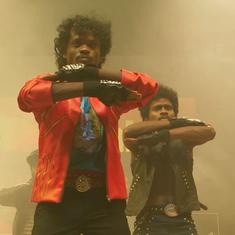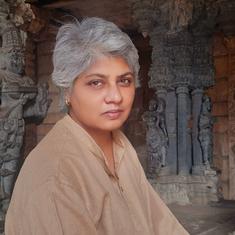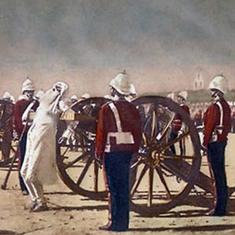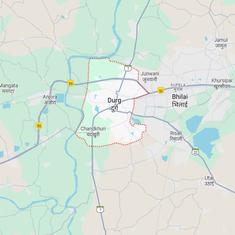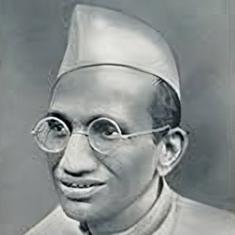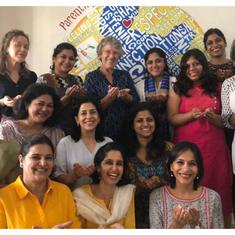Two years after the official renaming of Calcutta to Kolkata in 2001, the high court made a landmark ruling. It declared that the city had ancient origins that predated the arrival of the British, and the English East India Company’s administrator, Job Charnock, could not be recognised as its founder.
For centuries prior to this decision, it had been believed by many that it was Charnock who laid they city’s urban foundations in 1690. Along the banks of the Hooghly, he established a British trade settlement comprising the three large villages of Sutanuti, Gobindapur and Kalikata.
The ruling stripped the 18th century Englishman of his supposed credit and the city of its official birth date, but the idea of a colonial beginning remains entrenched in public consciousness.
With dozens of imposing colonial structures strewn across its span, one cannot help but think of the capital of West Bengal as the “Second City” of the British empire after London. It was, after all, the capital of British India until 1911. The architectural landscape of Kolkata also gave it one of its many monikers – the City of Palaces.

A heritage walk through the city will take you past many such palatial structures such as the neo-Gothic, cream and red Calcutta High Court, the Town Hall fronted by six white Doric columns, the Treasury Building, St John’s Church, the Writer’s Building, GPO building, Fort William, Oberoi Grand, Fairlawn Hotel, the Victoria Memorial, Park Street Cemetery and the Raj Bhavan, among others.
Other old streets, shops and parks too offer testimony to the grand British vision that Kolkata was built on. However, for those who cannot marvel at these historical delights, an exhibition at the Chhatrapati Shivaji Maharaj Vastu Sangrahalaya in Mumbai will suffice and more.
India-struck
After a successful run of the exhibition Bombay to Mumbai: Door of the East with its Face to the West, a display of woodcuts and lithographs of Bombay from the colonial period at the prints gallery, the Mumbai museum has opened Kolkata through Colonial Eyes.

The exhibition is a fine collection of prints and paintings from the 18th and 19th centuries. The works displayed belong to British artists whose sense of wonder is reflected in their art. One has to only imagine the surprise of a British official sailing to India, unsure of what to expect, and finding a city of majestic buildings and spires not very different from London. An excerpt from the poem The City of Palaces from James Atkinson’s 1824 publication captures this wonder.
“But here we behold
A prodigy of power, transcending all
The conquests, and the governments of old,
An empire of the sun, a gorgeous realm of gold.For us, in half a century, India blooms
The garden of Hesperides, and we
Placed in its porch, Calcutta, with its tombs
And dazzling splendours, towering peerlessly,
May taste its sweets...I stood a wandering stranger at the Ghaut,
And gazing round, beheld the pomp of spires
And palaces, to view like magic brought;
All glittering in the sun-beam…”
Jawhar Sircar, a civil servant and culture scholar who inaugurated the exhibition on October 13, reiterated this idea. In his opening lecture titled “Euro-Indian Artists in Kolkata and Mumbai: 1770-1870”, Sircar mentioned the enthusiasm with which European artists created works of art in the century after they set foot in India.
“Everything about India fascinated them – the people, the culture, the flora and fauna, everything,” he said. “They mass-produced paintings and sent them back home by the dozens, like huge postcards.” The paintings were often reproduced with the help of newly-emerging printmaking techniques and their sheer volume can be gauged from the size of the prints collection at institutions like the British Museum and the British Library in London.

According to Sircar, who is also the former secretary of culture, their collection is anywhere between 20,000 to 30,000 strong. Sircar lamented that India’s collection of such prints is woefully uncatalogued and hence, it is impossible to say what treasures lie right within our country.
We know from historical records that in 1767, one of the first British painters, Tilly Kettle, arrived in Madras. Kettle sparked a trend causing several other artists to follow. Between 1767 and 1820, about 60 European artists came to India and many of them eventually settled in Calcutta.
Among them, the uncle-nephew duo Thomas and William Daniell were notable because in 1786, they published Twelve Views of Calcutta – an album containing 12 original etchings of William’s drawings of the city. The etchings were first printed in monochrome and then stained in colour ink using techniques like aquatint. This was the first time single-sheet printing on a large scale had been done in India, and before photography became prevalent in the mid-1800s, it was the method of choice for replication of invaluable artworks.

Kolkata curated
It is possible to view such prints and lithographs today and through them, gain an untainted view of the old world, thanks to veteran collectors like Pauline Rohatgi and Pheroza Godrej. In fact many of the prints on display at the CSMVS come from their long-standing collection.
This carefully curated gallery of 37 prints include a thematic blend of prints illustrating Palladian architectural details by Thomas Daniell and James Baillie Fraser, city vistas by William Wood Junior and Frederick Fiebig, ritualistic representation of Churruck Poojah by James Moffat, an elegant cavalry depiction of Sir Charles D’Oyly and a stormy monsoon portrayal by Selmar Hess, among others.

Godrej defined the scope of the exhibition thus:
“In this exhibition, we see Calcutta’s marine life, big and small, great sea going ships, and small sloops and boats, navigating the river. The banks of the river were dotted with public buildings, and a court house, churches, hospitals, maidans and, of course, the impressive Government House. The famous Ghat played an important role in commercial, religious and social activities. Calcutta was truly a great metropolis – glorious and beautiful. It is a city upon which there is layer upon layer of history, which we witness to this day.”
One hopes that such beautiful renditions of the past will ignite a new love not just among lovers of history, but also among the collectors and curators of art.
Kolkata Through Colonial Eyes is open to the public at the prints gallery of the CSMVS, Mumbai on all working days of the museum.
Urmi Chanda-Vaz writes and researches on culture, history and mythology. You can read her other work here.

